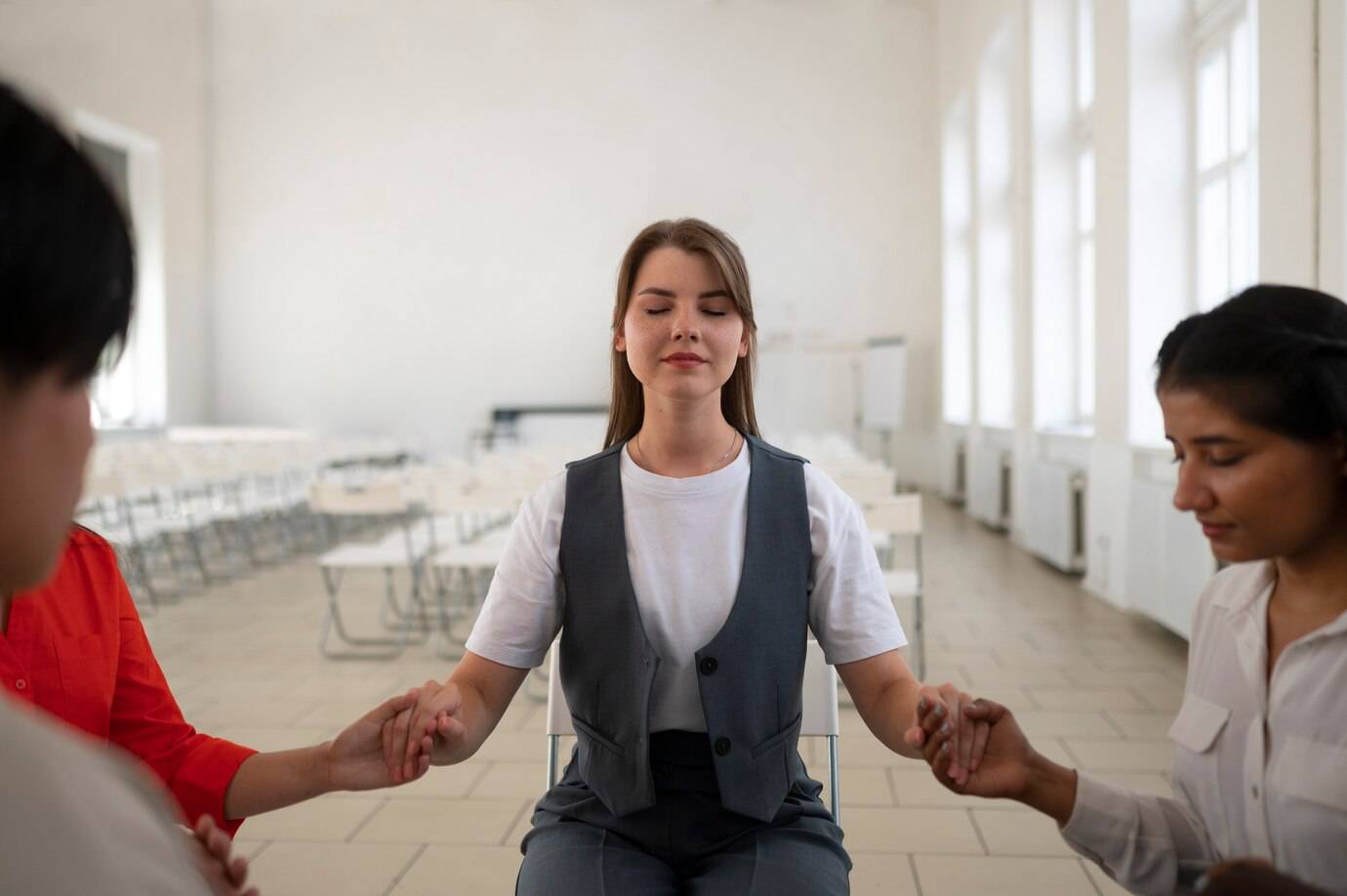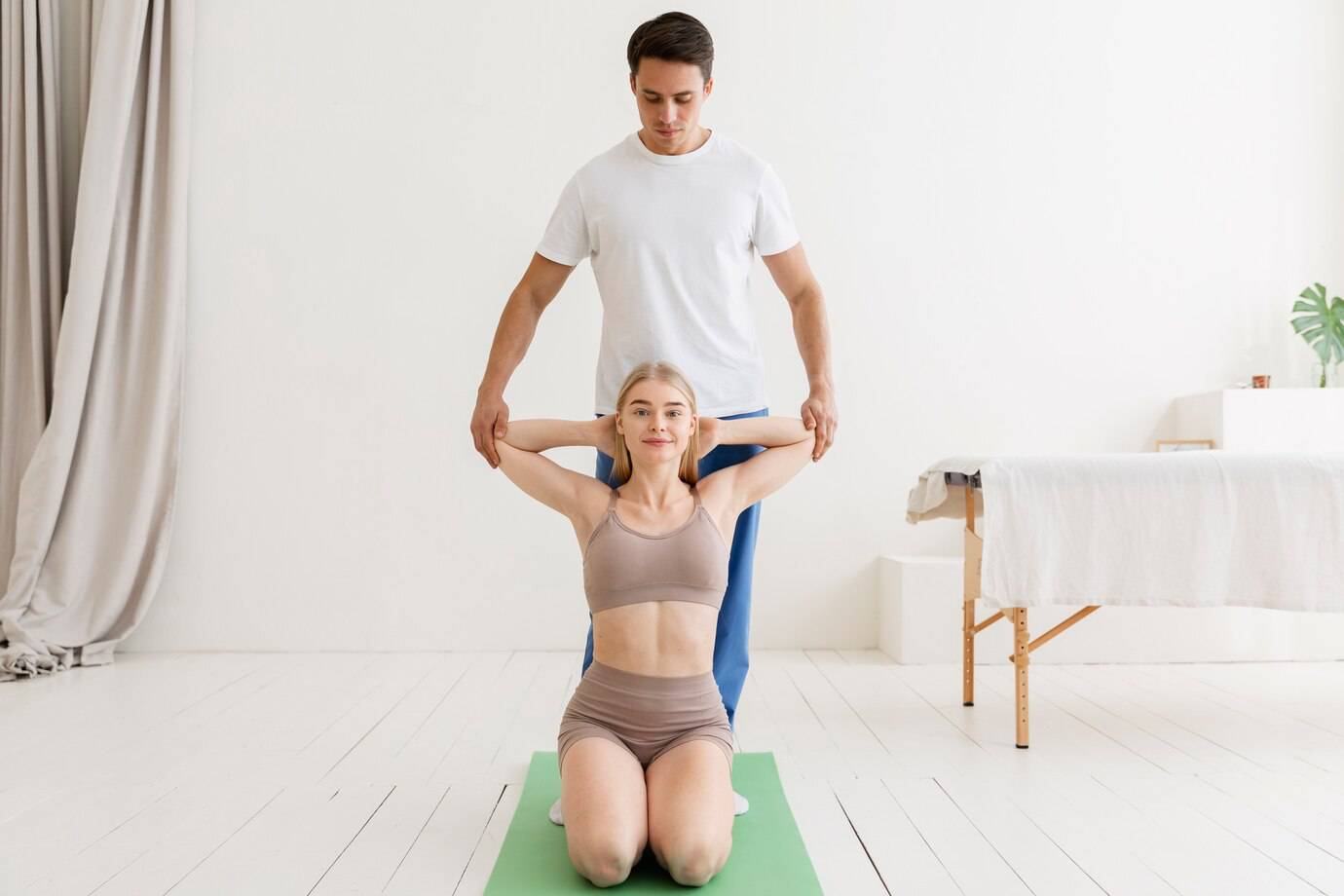
Rolfing Structural Integration: Aligning the Body
Do your shoulders feel tight? Does your lower back ache? Or maybe you feel a sharp pain running down your butt and thigh? If so, you might feel a bit off balance. It’s easy to overlook the small posture and muscle imbalances from desk jobs and smartphones today. Old injuries, poor ergonomics, or habits can cause misalignments. These misalignments affect how we feel, move, and live over time.
Rolfing Structural Integration is an integrative form of bodywork. It is designed to balance the body and realign it by concentrating on connective tissues. This goes beyond treating the symptoms. It addresses the underlying cause of the imbalance. This aids the body in returning to a state of alignment, but this time it is the effortless way. Rolfing was invented by biochemist Dr. Ida P. Rolf, in the mid-1900s. It is founded on the principle that form is function. This means that how our body is aligned affects how it works.
Rolfing is not like a conventional massage. Massage focuses on relaxation and easing surface tension. In contrast, Rolfing aims for deeper release. It focuses on fascia. This is the web of connective tissue that surrounds muscles, bones, and organs. Rolfing also practices differently by restructuring and rehydrating the fascia. All this helps them stand taller, move more freely, and get relief from chronic pain. It is a tending movement that fuses anatomy, biomechanics, and body awareness. This makes for a clean and transformative process.
In today’s guide, we are going to examine Rolfing. We’ll explore the rewards, what happens in a session, and how it stacks up against other types of bodywork. If you want to boost your athletic performance, ease chronic pain, or just feel better, Rolfing Structural Integration can help.
Understanding Rolfing Structural Integration
What Is Rolfing?
Rolfing Structural Integration is a manual therapy. By working with the fascia, it realigns the body’s structure. Rolfing is not massage. If massage is concerned mainly with soothing the muscles, Rolfing is concerned with the ways in which the body is put together over the years. It operates on how different parts of the body are interrelated. So it explores, for example, how the head sits on the spine and how the pelvis is related to the legs. This smart, pragmatic approach is used to stretch, loosen, and reform the fascia.
Dr. Rolf thought gravity was a dominant force on our bodies. He believed that unhelpful posture created imbalances that made it hard for us to work well. On a well-tuned body, gravity rolls through the joints like water. When the stem and seat are misaligned, body pressure can cause rubbing. This can lead to tire wear and even body-tire fatigue, which may result in pain. Rolfing aligns the body with gravity. This boosts balance, coordination, and energy.
Rolfing makes many people more attuned to their bodies. It tells them what posture, habits, and emotions have to do with the way they hold themselves. Clients frequently report that over time, they feel taller, walk better, and breathe more deeply. It’s a re-education of the body and mind entirely through touch and motion.
The Role of Fascia
To appreciate Rolfing, you need to know what fascia is. Fascia is the woven, fibrous matrix of connective tissue that envelops all of the muscles, organs, and even bones. It’s a kind of three-dimensional web that holds everything in place. This tissue keeps our body’s framework strong. It provides mobility and force transmission in the body.
Dehydrated, gluey fascia or that which is simply stuck can also create restrictions. This is usually the result of trauma, poor posture, repetitive strain or emotional stress. And these are the kinds of things that can ultimately impact the system as a whole. You may have a stiff neck that actually originates from tight fascia in your hips or legs. This web of connections is what is so intriguing about fascia and what makes the fascia so important in Rolfing.
Rolfing targets fascial layers. It helps release adhesions, restore hydration, and bring body segments together. This makes the body work better as a whole. The result is more than freedom of movement. It brings a sense of physical coherence. You feel like your body is finally “working together” instead of against itself.
The Rolfing Ten-Series: A Structured Approach
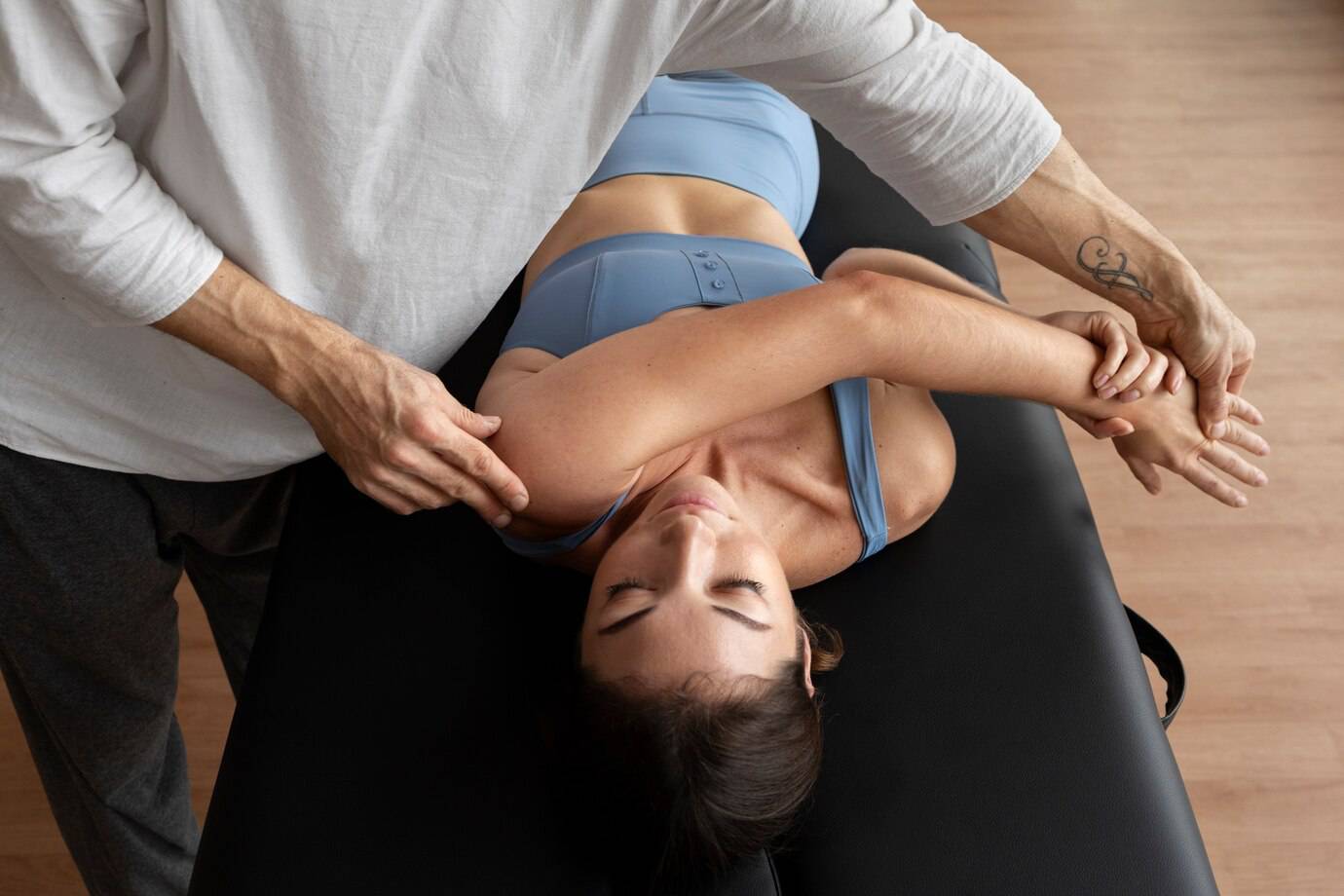
A key feature of Rolfing is the Ten-Series. This is a step-by-step process that helps the body undergo a full structural change in ten sessions. Each session has a unique goal and focus. They all connect and build on each other in a step-by-step way.
- Session 1: Focuses on opening the breath by working with the chest, ribs, and diaphragm.
- Session 2: Establishes foundational support through the feet and lower legs.
- Session 3: Balances the body’s lateral line, helping align the sides of the body.
- Session 4: Engages the core by working with the inner legs and pelvic floor.
- Session 5: Addresses the front body, including the abdomen and thighs.
- Session 6: Targets the back body, improving posture and spinal support.
- Session 7: Integrates the head, neck, and jaw to enhance cranial balance.
- Session 8: Unites the lower body and refines movement patterns in the legs and pelvis.
- Session 9: Refines the upper body and connects it to the spine and head.
- Session 10: A global integration session, bringing all previous changes together into a cohesive whole.
Each session improves physical structures and boosts awareness of movement and posture. Clients often say these sessions feel like a full-body reset.
Benefits of Rolfing
Rolfing offers a wide array of physical, emotional, and energetic benefits:
Improved Posture and Alignment
One of the most immediate effects of Rolfing is improved posture. Clients often leave a session feeling taller, lighter, and more balanced. Over time, these postural improvements become more permanent as the body “learns” its new alignment. This can reduce strain on joints, prevent injury, and even enhance appearance.
Enhanced Mobility and Flexibility
Rolfing frees fascial restrictions. This boosts your range of motion and flexibility. The results feel natural and last over time. Unlike stretching, which often targets muscles in isolation, Rolfing improves the body’s movement as a whole system. Everyday actions like walking, sitting, or reaching can become more fluid and effortless.
Pain Relief and Injury Recovery
Rolfing can help with chronic pain. This includes back pain, neck tension, carpal tunnel syndrome, and plantar fasciitis. Addressing structural imbalances often resolves issues that conventional treatments may overlook.
Emotional and Energetic Benefits
Fascia holds both physical and emotional tension. So, Rolfing can bring about emotional releases or insights. Clients sometimes report feelings of liberation, clarity, or catharsis during or after a session. This makes Rolfing a powerful complement to mental health practices and mindfulness.
What to Expect During a Rolfing Session
Rolfing sessions typically last between 60 and 90 minutes. Here’s what you can expect:
- Initial Consultation: Your Rolfer will ask about your medical history, lifestyle, and any areas of discomfort.
- Postural Assessment (: They will check how you stand and walk. They’ll look for any imbalances or asymmetries.
- Hands-On Work: The practitioner uses slow, intentional pressure to manipulate fascia. Some areas may feel tender, especially if they’re tight or inflamed, but the work should not feel harmful or overly painful.
- Movement Cues: Rolfers might help you with breathing or movement exercises during the session. This reinforces new alignment patterns.
- Integration: Each session ends with integration techniques to help the body absorb the changes.
Rolfing vs. Other Bodywork Modalities
| Modality | Focus | Approach |
| Rolfing | Structural alignment & fascia | Ten-session series targeting deep fascial layers |
| Massage | Muscle relaxation & circulation | Various techniques for short-term relief |
| Chiropractic | Spinal alignment | Joint adjustments and spinal manipulations |
| Physical Therapy | Rehabilitation & function | Exercise and targeted recovery techniques |
Rolfing is special because it mixes structural analysis, hands-on therapy, and education for lasting improvement. It’s not just bodywork—it’s body transformation.
Is Rolfing Right for You?
Rolfing is ideal for:
- Individuals experiencing chronic pain or recurring tension
- Those with postural issues such as scoliosis, uneven hips, or forward head posture
- Athletes, dancers, and yogis looking to improve performance and recovery
- Anyone wanting to develop greater body awareness and emotional resilience
It might not work for people with severe osteoporosis, specific connective tissue disorders, or fresh injuries. Always consult a medical professional before beginning any new bodywork treatment.
Finding a Certified Rolfer
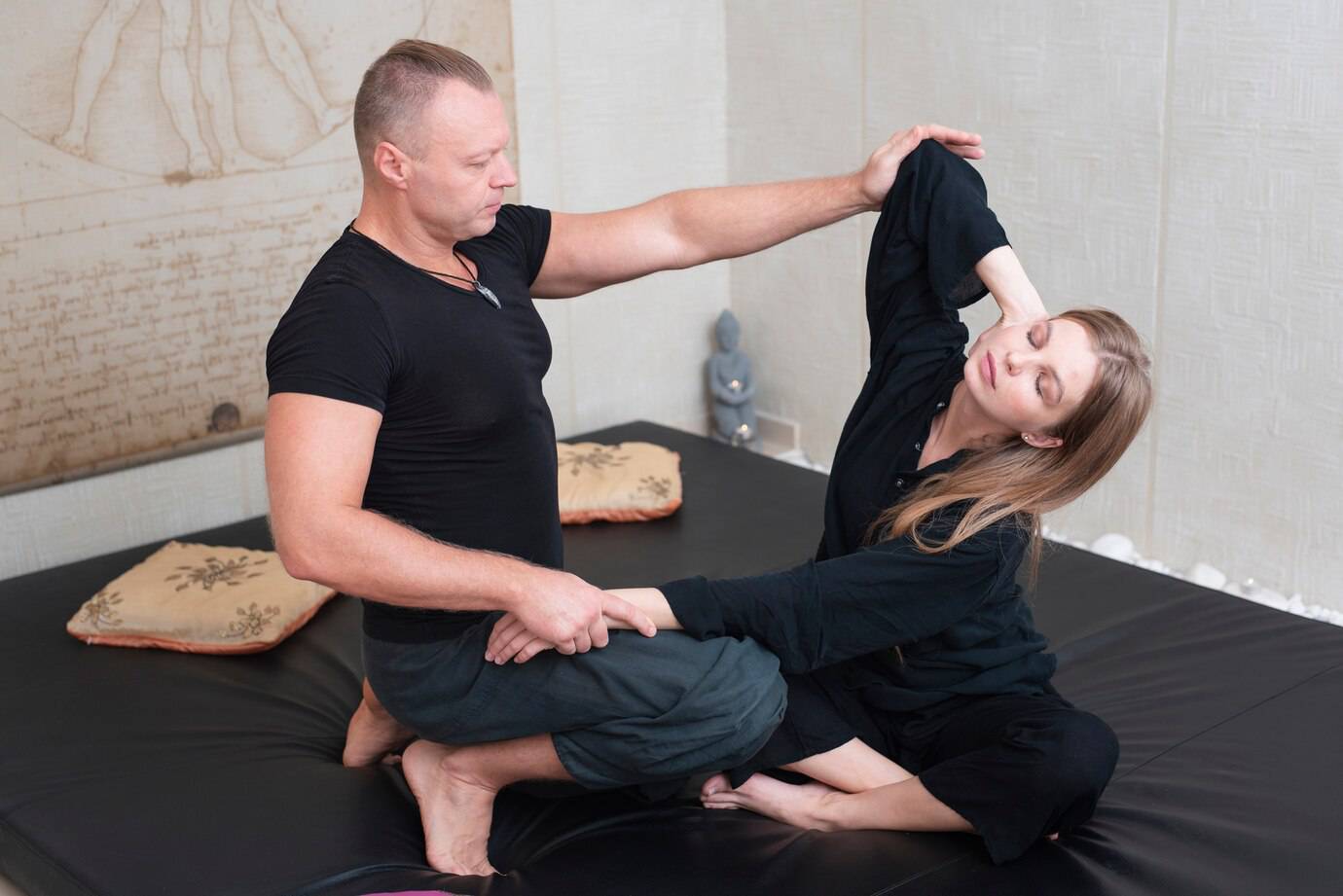
Find practitioners certified by the Dr. Ida Rolf Institute or other accredited schools. These professionals undergo rigorous training in anatomy, touch skills, and movement re-education. Websites like rolf.org and matthewhartmanrolfing.com have directories to help you find qualified Rolfers nearby.
Conclusion: Embrace Structural Harmony
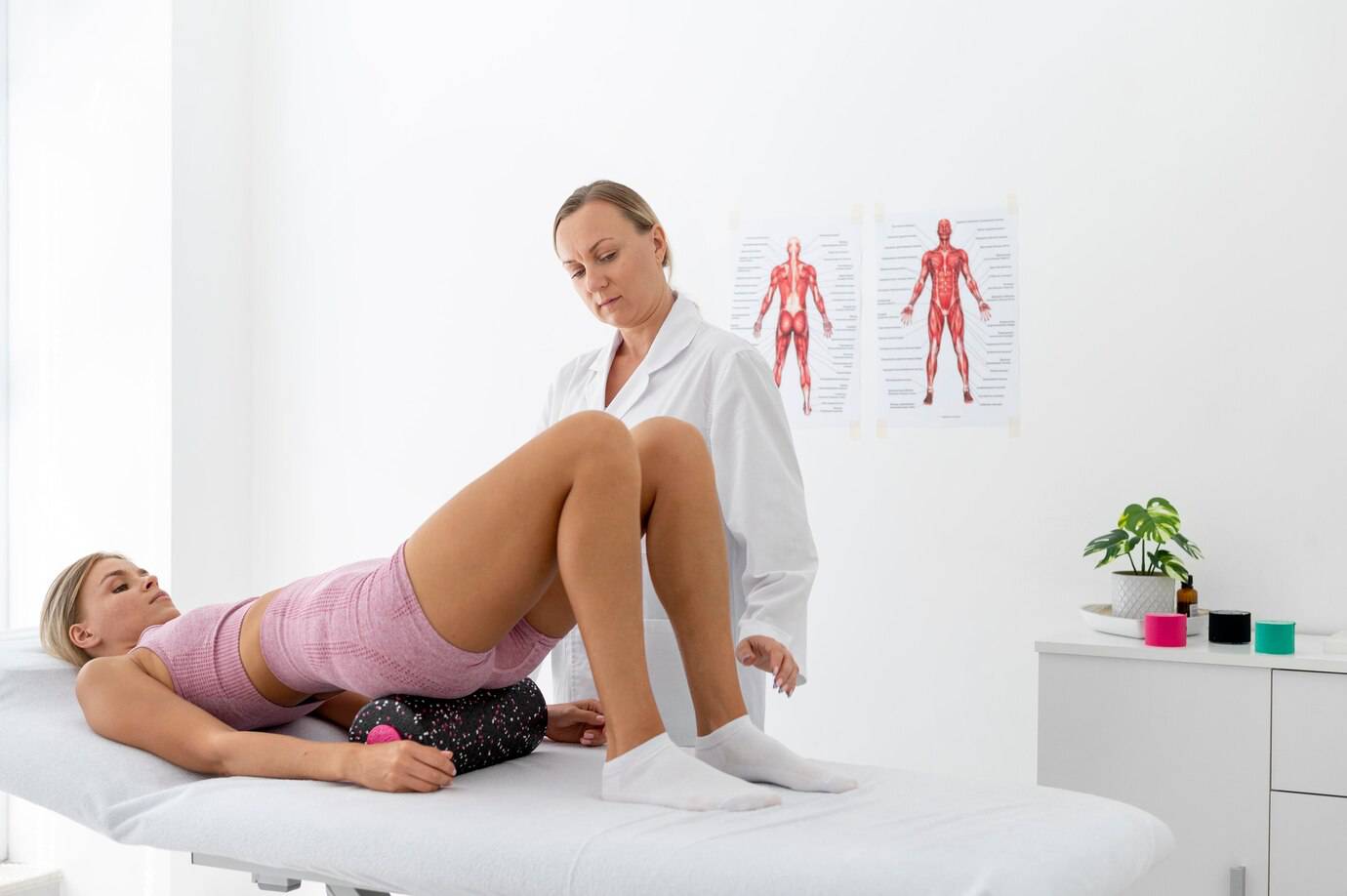
Rolfing Structural Integration does more than ease tension. It’s a journey to help you regain your body’s natural structure and freedom. Rolfing targets the connective tissues that influence our posture, movement, and feelings. This method helps people live with more energy, balance, and comfort.
If you have chronic pain, are healing from an injury, or want to feel more connected to your body, Rolfing could provide true and lasting relief. Start exploring how Structural Integration can help you align with your true body potential.
Ready to experience the benefits of Rolfing? Let us know your questions or experiences in the comments. Consider booking a session with a certified Rolfer. This can help you start your journey to structural ease.
Like the Rolfing Structural Integration technique? Check out The Feldenkrais Method: Enhancing Movement Awareness .

